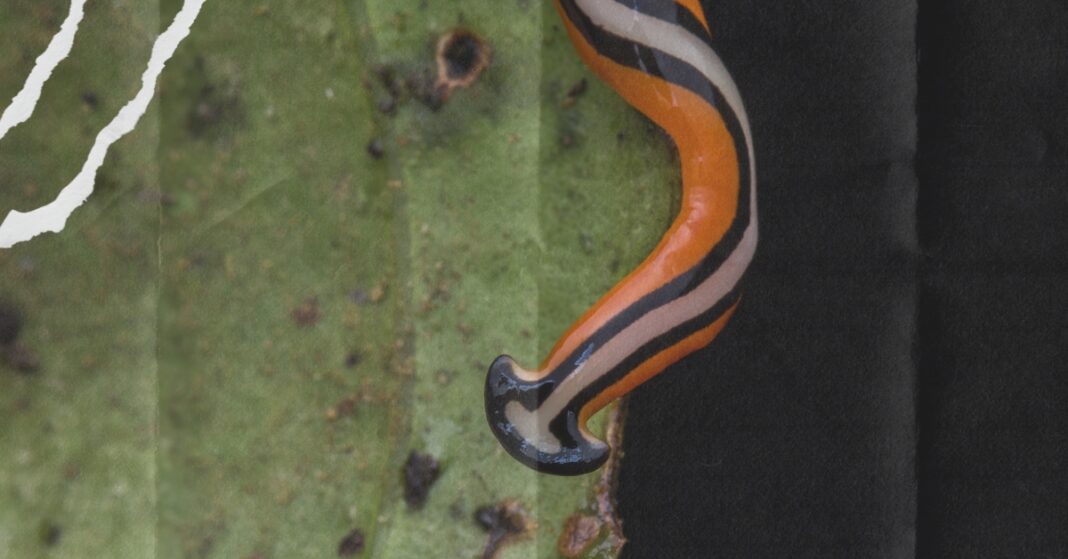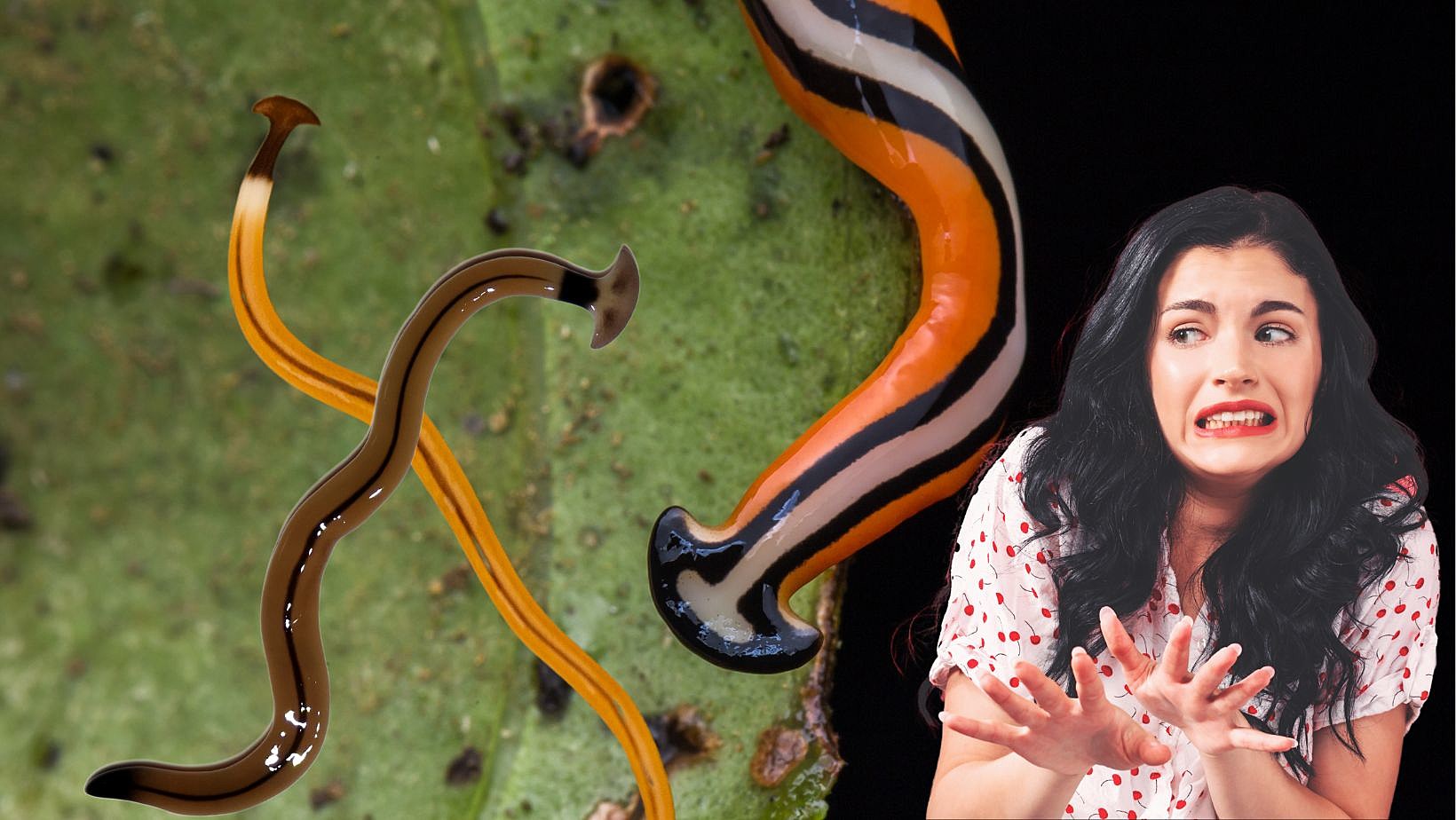The invasive and poisonous hammerhead worm, resembling a creature from a science fiction movie, is causing concern across Texas. This dangerous species, which looks like a snake but is far more perilous, is on the rise due to favorable conditions.

An Unwelcome Arrival: The Hammerhead Worm
According to the Austin-American-Statesman, the hammerhead worm population in Texas is increasing, aided by Hurricane Beryl, heavy rainfall, and the tropical climate they thrive in. These worms, which can grow up to 15 inches long, are becoming a common sight in the Houston-Galveston area. They often appear on sidewalks, driveways, patios, and in areas with rich soil. Named for their distinct hammer-shaped heads resembling that of a hammerhead shark, these worms are not just visually unsettling. Contact with them can result in the secretion of a neurotoxin that causes skin irritation and illness in humans. For pets, ingesting these worms can be fatal, and immediate veterinary attention is necessary if an incident occurs.
Dangers to Pets and Ecosystems
The hammerhead worm poses a significant threat to ecosystems by preying on earthworms, which are crucial for soil health and decomposition processes in forests, gardens, prairies, and farmland. Their presence disrupts these environments, posing a risk to the ecological balance. An alarming aspect of these worms is their ability to regenerate. The Texas Invasive Species Institute advises against chopping them in half, as each piece will regenerate into a new worm within about 10 days, creating even more of the invasive species. This regeneration ability makes them particularly difficult to manage and control.
Effective Disposal Methods
To safely dispose of a hammerhead worm, the Texas Invasive Species Institute recommends placing the worm in a sealed baggie with salt, vinegar, or citrus oil and then freezing it for 48 hours before disposing of it in the trash. Handling the worms should always be done with protective gloves to avoid direct contact with their toxic secretion.
The presence of hammerhead worms is not just a problem in Texas. States such as Louisiana, Alabama, Florida, Georgia, Mississippi, North Carolina, South Carolina, and California are also experiencing infestations. Awareness and proper disposal methods are crucial in managing this invasive species and mitigating their impact on local environments and public health.

As these worms continue to spread, residents in affected areas need to stay informed and take necessary precautions to protect themselves, their pets, and their local ecosystems from the harmful effects of the hammerhead worm invasion.
